You’re sketching way too much. Slam the brakes on the rough drafts sometimes.
Part 4 of 9
Is the small blob drawing close enough to what you had in mind? Time to take that and fill the page. But since I’m obligated to block you at every turn, don’t do it yet. First, decide how much it needs to be filled… the page, I mean.
How much detail is required? Imagine your finished picture on your entire sheet, from edge to edge. If it can fit in a 5in x 7in space on your paper and still look as good, go for that. Go even smaller if your lines hold. Huge sketches mean more physical work, and you want to use your time wisely. Draw what’s necessary for the details you want.
You don’t want your characters to look silly, right?
Although this post started with innuendos, THIS is where the fun begins. You can begin sketching your artwork!
Just remember what a sketch is: It’s the rough draft. It’s supposed to look horrible and scratchy. You make several mistakes and then decide what stays and what you erase. I bet you’ve been trying to draw your favorite cartoon characters by slowly drawing the outline of them first, concentrating extra hard for the lines to be smooth and perfect, trying to keep your extra shaky hand still and precise “like the professionals.”
I also bet you failed every time you tried (except that one time where you got lucky, and that concludes my innuendos for this article).
Reality Check: except for the very, very, very, very few who can actually pull that off, NO professional artist has to draw like that! This rough sketching you’re doing right now is the low-pressure, high-yield technique that allows you to breathe as you plot your next move (I know what you’re thinking, and that one doesn’t count).
This took about ten tries, so you stay where you are and appreciate it.
Sketching is the act of constantly scratching the paper with fairly long lines. It’s better to draw the same line over and over in the same place until the bits of graphite are where they need to be. Then, with both tools at your disposal, erase what you don’t need.
On that note, hold the pencil with your hand and move the point up and down with your fingers: notice that the point moves in a curve. That is the natural way for you to sketch curved lines, so rotate the paper around to apply them when needed. Also, flip the paper over at times and see if it looks the same mirrored. If you’re just getting started, you’ll be surprised at how off your three-quarter portraits will be. Seriously, the eye contact in your characters alone will be more crooked than your box spring. (Sorry. I really tried.)
Adapted from DeForrest: Volume One, 2015



